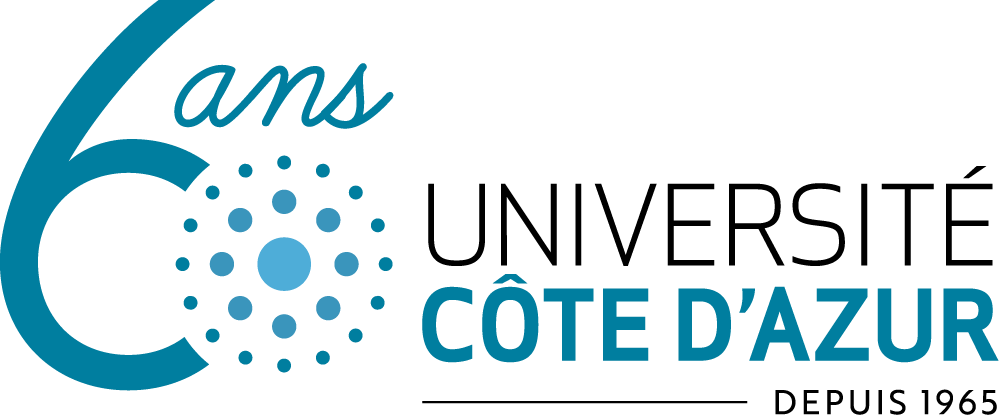Workshop Series in Cognitive Science
Physical effort is omnipresent in all human actions. While engagement in activities that involve physical effort is known to improve global health and prolong life span (Reimers, Knapp, & Reimers, 2012), individuals usually do not get involved in actions requiring physical effort and favor effortless solutions (e.g. elevators, cars, remote controls, door openers rather than walking, running, biking or using their own physical energy). In fact, physical effort seems to be the key parameter that determines the choice of an action to maintain or not an ongoing action. For example, the engagement of an individual in a specific action would depend on an evaluation of the predicted costs of this action (Kurniawan, Guitart-Masip, Dayan, & Dolan, 2013; Rigoux & Guigon, 2012; Rudebeck, Walton, Smyth, Bannerman, & Rushworth, 2006). An action requiring physical effort would, therefore have less chance to be selected by elevating its cost. Similarly, this decision could be made online during the performance of an already initiated action to determine its maintenance (Meyniel, Sergent, Rigoux, Daunizeau, & Pessiglione, 2013). The decision to stop an effort would consequently occur when the cost to persevere is higher than the evaluated benefits. While the evaluation of the level of effort is very high in our daily life, there still remains unsolved questions regarding the psychophysiological mechanisms involved. First, there is still a debate about how effort perception is built in the brain. That is, which information is taken into consideration to evaluate effort? Is it simply a central mechanism involving the integration of an efference copy of the motor command into sensory areas (Christensen et al., 2007), is it a prediction of the metabolic cost required to perform the action (Shadmehr, Huang, & Ahmed, 2016), or is it based on peripheral information originating in the sensory organs responding to voluntary movements (Monjo, Shemmell, & Forestier, 2018)? A second question concerns the role of this information. While some authors believe that the perception of effort is the primary predictor of actual effort (Morree, Klein, & Marcora, 2012), others assume that it does not play a direct role in regulating effort expenditure (Meyniel et al., 2014). The aim of this workshop will be to provide a space to discuss these questions. The workshop will adopt a multidisciplinary approach (cognitive neuroscience, psychology, physiology, and kinesiology) to confront the different coexisting lines of research that have been developed on this topic in an integrative manner.
Dates
Créé le 26 février 2021

















